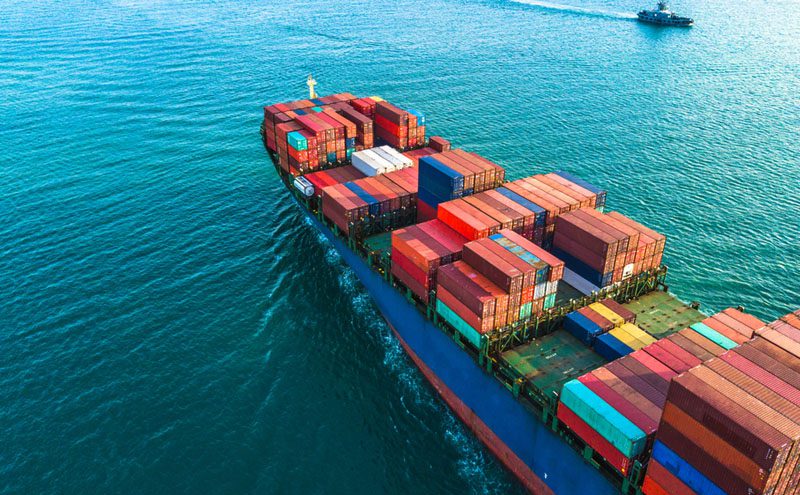
Nations meeting at the United Nations International Maritime Organization (IMO) in London in early April voted to place a cap on the greenhouse gas emissions permissible from ships – a source of emissions that has not previously been covered by global agreements such as the Paris climate deal.
The meeting set out a vision to cut GHG emissions from shipping by at least 50 percent by 2050, seemingly a more ambitious target than had been anticipated, although less than the 70 percent pursued by the EU. These emissions should also be phased out “as soon as possible in this century”.
The agreed-upon strategy referred to “a pathway of CO2 emissions reduction consistent with the Paris Agreement temperature goals”.
Both shipping and aviation have remained outside international negotiations like the 2015 Paris climate accord, and this is partly down to the difficulties with attributing these emissions to particular countries, and also the reluctance of both industries to submit to monitoring and data sharing.
Shipping currently accounts for around 2.5 percent of global GHG emissions, but this is expected to rise steeply, so that by 2050 it will account for 16 percent of the total carbon budget agreed by the 2015 Paris climate deal, believed to be what’s required to keep global temperature rises below 1.5C.
Reaching agreement wasn’t an entirely straightforward matter, it didn’t appear, with seeming disparities between countries’ public commitments to the Paris goals and what they were actually willing to agree in the way of reducing emissions, according to the Financial Times. There were objections from Argentina and Brazil, nations whose dependence on long-distance shipping for trade purposes arguably exposes them to a heavier penalty than most, with respect to emissions targets.
Resistance to an ambitious deal was said to be strongest from the US and Saudi Arabia, in the closing stages of negotiations.
The target will drive a move away from bunker fuel, the high viscosity, impurity-laden residual fuel that remains after the more valuable constituents of crude oil have been boiled off. Alternative candidates are expected to include things like hydrogen, ammonia and biofuels.






